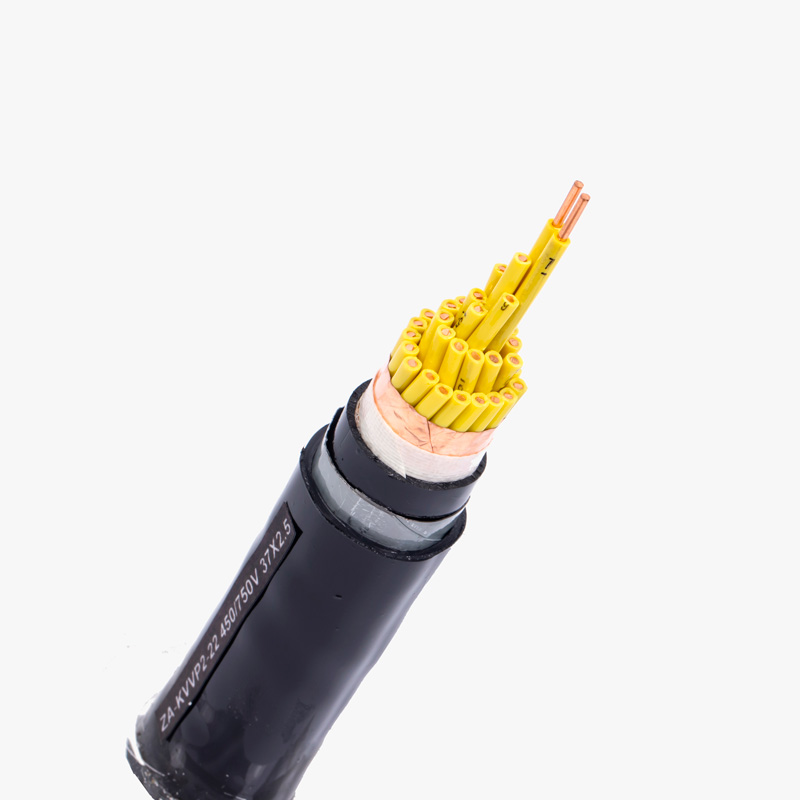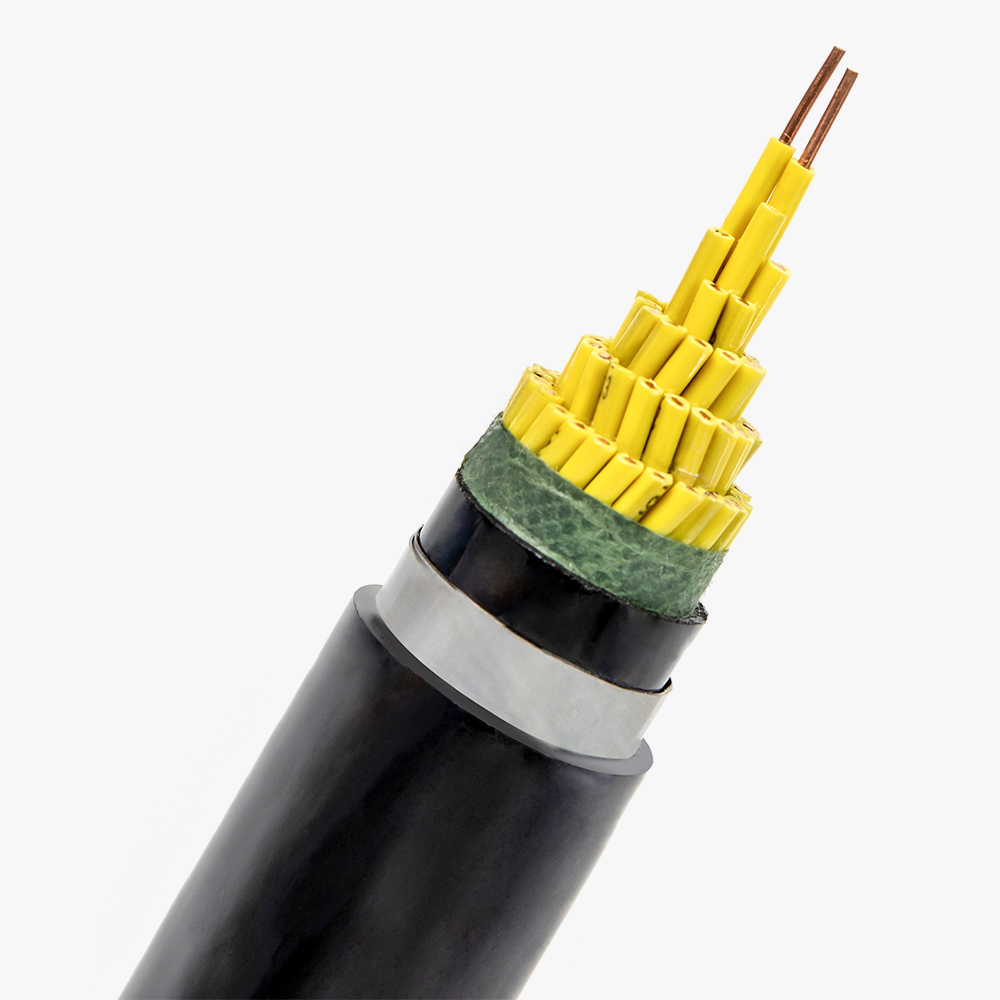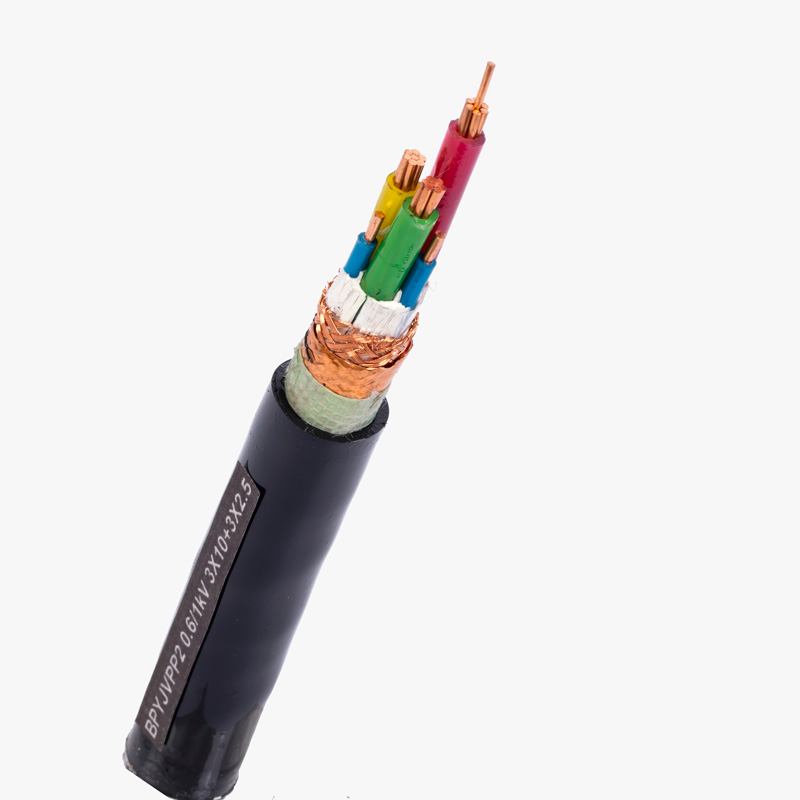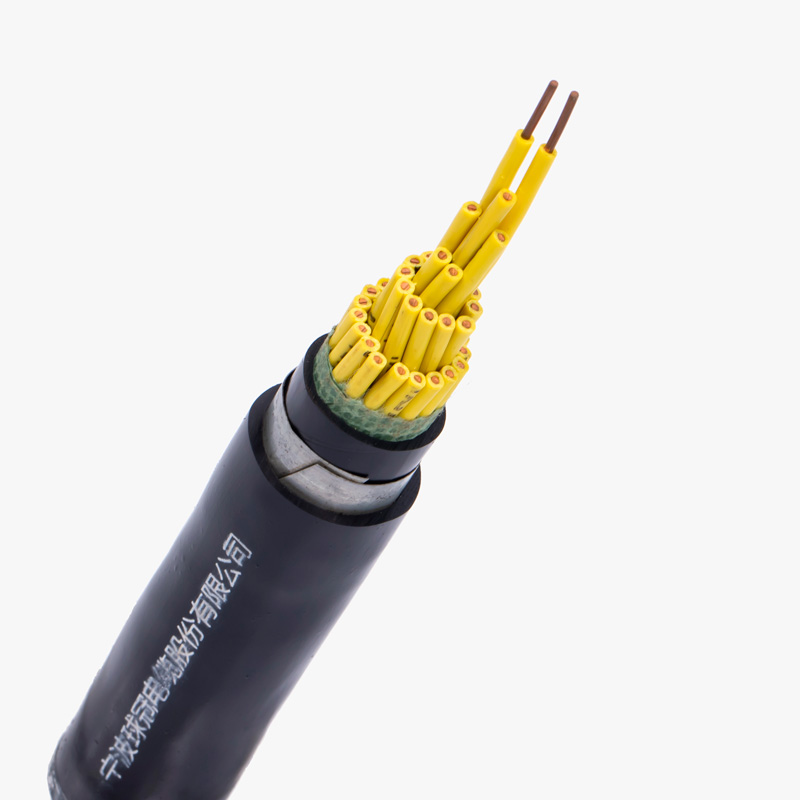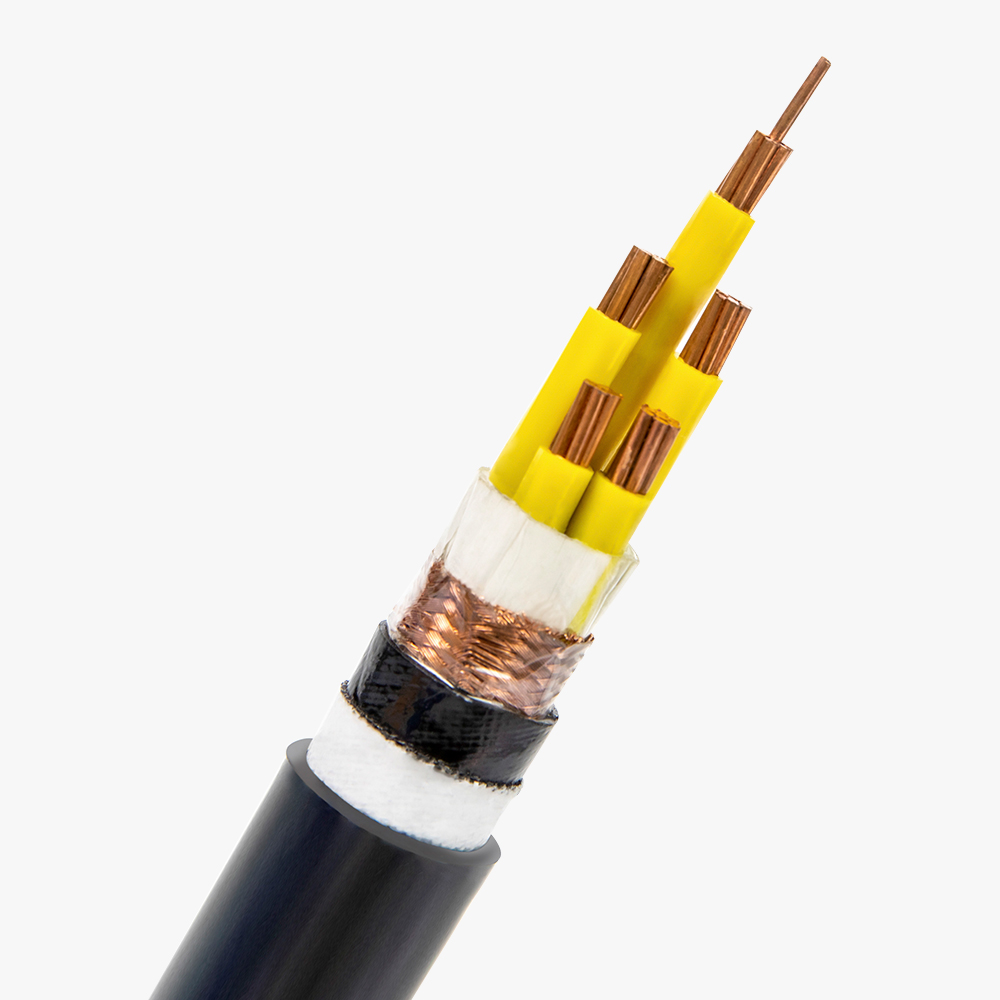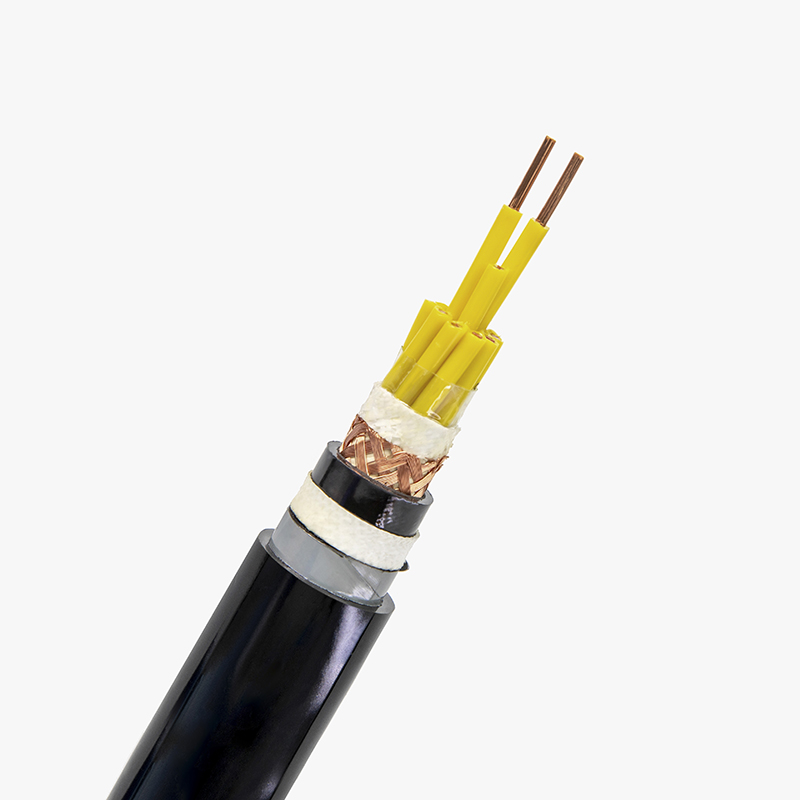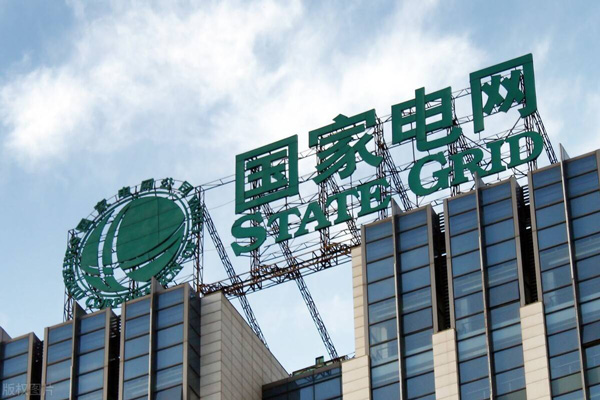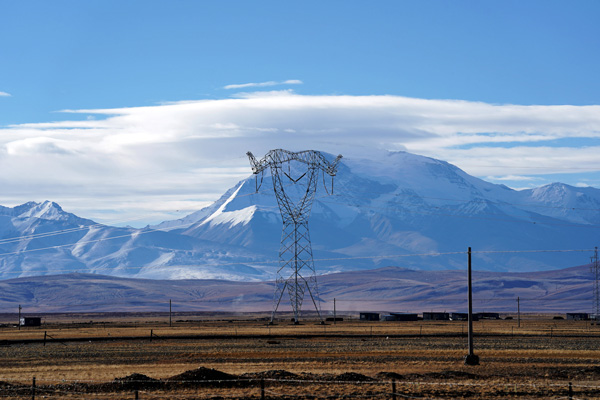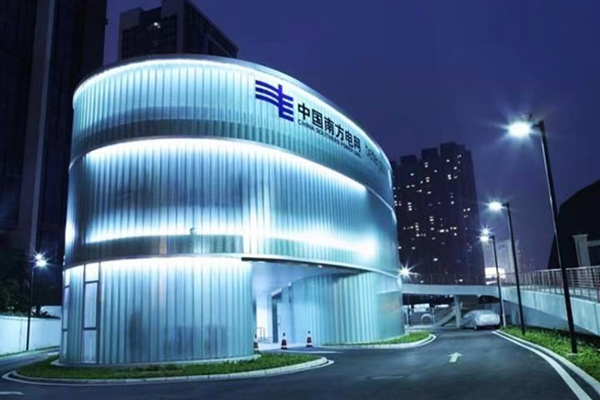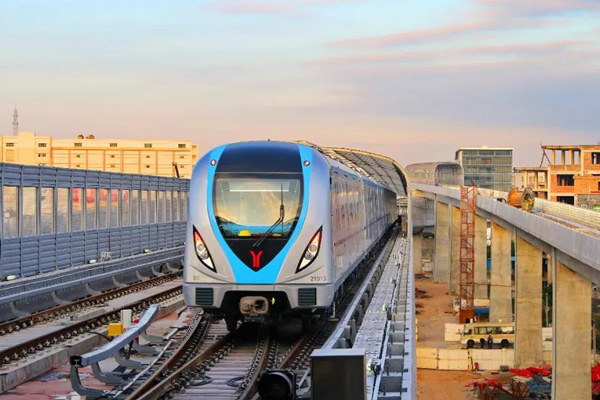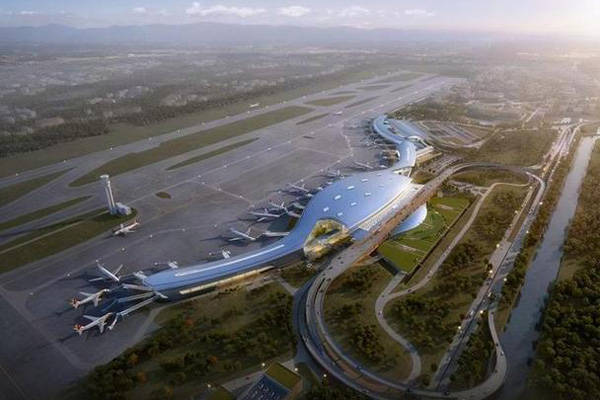What is Control Cable?
Control cables are specialized cables designed to transmit signals or regulate systems in various applications. Unlike power cables that transfer electricity, control cables are primarily used to relay low-voltage commands, making them essential for controlling machinery, industrial processes, and automation systems. They come in various types and configurations, often consisting of insulated conductors bundled within a protective sheath. These cables are engineered to resist environmental factors such as heat, moisture, and mechanical stress, ensuring consistent performance in demanding conditions. Control cables enable precise control and are indispensable in industries like manufacturing, construction, and transportation.
The Application of Control Cable
Control cables are used across a wide range of industries due to their versatility and reliability. In manufacturing plants, they transmit signals between control panels and machinery, ensuring smooth and efficient operations. In the automotive industry, they are employed for controlling systems like brakes and air conditioning. The construction sector uses control cables to manage elevators, lighting, and HVAC systems. Even in residential settings, control cables facilitate smart home technologies, connecting devices like security cameras and automated thermostats. Their ability to maintain signal integrity and withstand harsh environments makes them essential in these areas, supporting both functionality and safety.
How are Control Cables Made?
Control cables undergo a meticulous production process to meet high-performance standards. The process starts with high-quality raw materials such as copper or aluminum for conductors, chosen for their conductivity. The conductors are insulated with robust materials like PVC or XLPE, providing electrical isolation and durability. The insulated wires are then twisted or grouped into desired configurations and wrapped with protective sheaths to prevent damage. At **Qrunning Cable**, advanced high-voltage production technologies ensure precision and efficiency. Equipment like extrusion machines, stranding machines, and testing units play a crucial role in manufacturing. The final products are rigorously inspected to ensure compliance with international quality standards.
The Equipment Needed for the Production of Control Cable
Producing control cables requires specialized equipment to ensure precision and consistency. Extrusion machines are used to apply insulation and outer sheaths to the conductors. Stranding machines twist multiple conductors into specified configurations, enhancing cable strength and flexibility. Shielding machines add protective layers to minimize electromagnetic interference. High-voltage testing equipment checks the cable’s dielectric properties, ensuring safety and performance. Cutting and coiling machines prepare the final products for distribution. Advanced machinery like those employed by **Qrunning Cable** guarantees high productivity and adherence to stringent quality requirements, enabling the production of cables that meet global standards.
The Raw Materials Needed for the Production of Control Cable
The primary raw material for control cables is high-conductivity metals like copper and aluminum, which form the conductors. Insulating materials such as PVC (polyvinyl chloride), XLPE (cross-linked polyethylene), or TPE (thermoplastic elastomers) are used to ensure electrical isolation and environmental resistance. Additional materials include protective sheathing compounds to safeguard the cables from external damage, and shielding materials like aluminum foil or braided wire to reduce electromagnetic interference. Flame-retardant and UV-resistant materials are often incorporated to enhance safety and durability, especially for cables intended for outdoor or industrial use.
Different Types, Models, and Specifications of Control Cable
Control cables come in various types, models, and specifications to suit diverse applications. Shielded cables, for example, are ideal for environments with high electromagnetic interference, while unshielded cables are more cost-effective for low-interference settings. Flexible control cables are designed for applications requiring frequent movement, such as robotic arms. Multi-core cables, containing multiple insulated conductors, are used in complex systems requiring numerous connections. Specifications such as voltage ratings, conductor sizes, and insulation thickness vary depending on the application, ensuring optimal performance. At **Qrunning Cable**, a wide range of custom solutions are available to meet specific client requirements.
How to Ensure Product Quality and Safety
Ensuring the quality and safety of control cables involves stringent manufacturing and testing protocols. The production process adheres to international standards like ISO and IEC, ensuring consistent quality. Materials are carefully selected and tested for conductivity, durability, and resistance to environmental factors. Real-time monitoring during production helps detect defects early. At **Qrunning Cable**, advanced testing methods, including dielectric strength tests and mechanical stress tests, are employed to guarantee reliability. Regular audits and certifications by third-party organizations further validate the quality of the products, ensuring they meet or exceed industry standards.
Safety Inspections and Testing Required After Product Completion
Before control cables are delivered to customers, they undergo rigorous safety inspections and testing. High-voltage tests assess the insulation’s ability to withstand electrical stress. Continuity tests ensure there are no breaks in the conductors, while resistance tests verify electrical performance. Mechanical tests check the cable’s ability to endure physical stresses like bending and tension. Fire-resistance tests are performed for cables designed for critical applications, ensuring they maintain functionality during fires. At **Qrunning Cable**, every product undergoes comprehensive testing to meet client specifications and regulatory requirements, guaranteeing safe and reliable operation.
Conclusion
Control cables are a cornerstone of modern technology, supporting essential functions across industries and everyday life. From their versatile applications to the rigorous manufacturing and testing processes, these cables ensure safety, efficiency, and reliability. **Qrunning Cable’s** advanced production capabilities further highlight the importance of innovation in delivering high-quality control cables to meet evolving demands.

